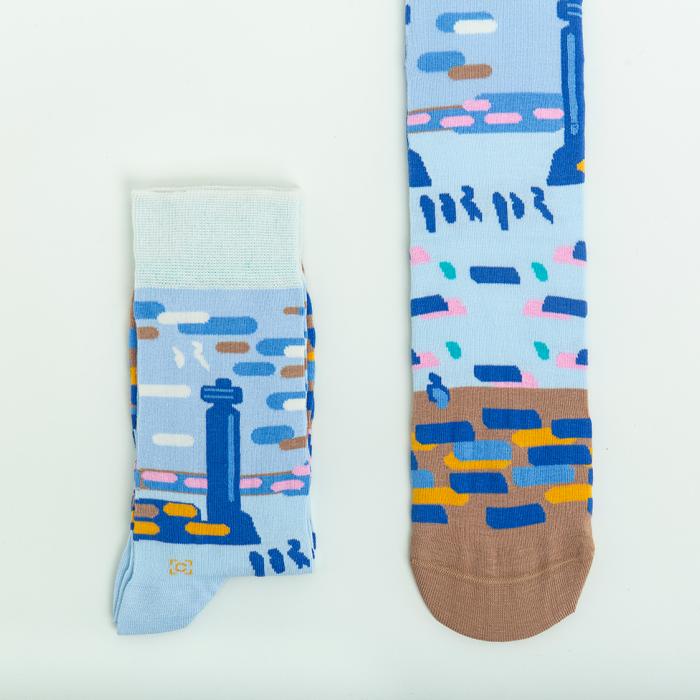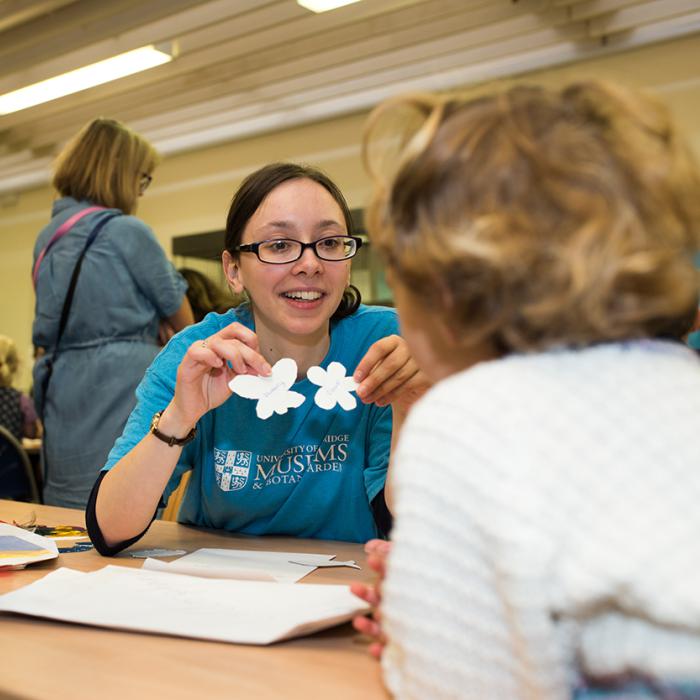Which do you think is the fastest, or the slowest of three main types of earthquake waves – surface, P waves and S waves? Have a race to find out.
In this activity you will see the difference in compressional P waves, transverse S waves and circular surface waves that are produced by earthquakes. You will need a big group of at least 15 people split into three groups.
This kit contains all the material you will need to make paint using pigments and a medium just as artists did (before ready-mix paint!). You can construct an experiment for students to explore the role of science in both the artist’s and the scientist’s workshop with reference to the technical analysis of the Renaissance painting, Cupid and Psyche by Jacopo del Sellaio. There is material provided with the kit that supports each of the suggested activities below.
Suggested activities
Science is often presented as an objective subject, but scientists themselves are influenced by the world around them and by their own prejudices. Students will think about the links between instruments in our collection, scientific racism and the exploitation of resources and people through colonialism and Empire. The session will include a tour of the museum to think about the hidden histories behind some of our objects, a session looking at the faulty "science" behind racist hierarchies and a session discussing bias in globes and maps.
Volcanic eruptions are driven by gas dissolved in molten rock (magma) underground trying to escape upwards. But what happens if the gas gets trapped and can't get out?
In this experiment you can trap more and more gas in a sealed container, in the same way gas can get trapped in a volcano, and see what happens...
Download the instructions and information sheet.
Resources are available for every year group from EYFS to KS5. Check them out here.
KS5 groups may also find our Adult Trails useful.
Museum of Me (60 minutes)
What is the role of museums in society? How should museums use objects to represent other cultures? How can objects help construct and display identity? These are some of the questions that frame this cross-cultural gallery-taught session, which combines critical thinking, self-reflection, discussion, looking and object handling activities.
Museum of Me (60 minutes)
What is the role of museums in society? How should museums use objects to represent other cultures? How do objects help construct and display identity? These are some of the questions that frame this cross-cultural gallery-taught session, which combines critical thinking, self-reflection, discussion, looking and object handling activities.
Ancient Maya (90 minutes)
How did the ancient Maya express their identity? What objects did they use to show their power? What can archaeology tell us about Maya life? These are some of the questions we will discuss while students learn how to read a Maya monument and handle objects from Central and South America.
An adaptation is when part of the body becomes specialised for a certain function that means the animal has a better chance of survival in a particular environment.
The Wonderchicken research team have put together a craft activity and information sheets about different types of bird and how they have adapted to the environment they live in.
You will need:
Asteriornis maastrichtensis, affectionately known as the Wonderchicken, is among the most exciting bird fossils ever found. It has one of the best-preserved fossil bird skulls in the world, and gives us important insights into the evolutionary origins of modern birds.

